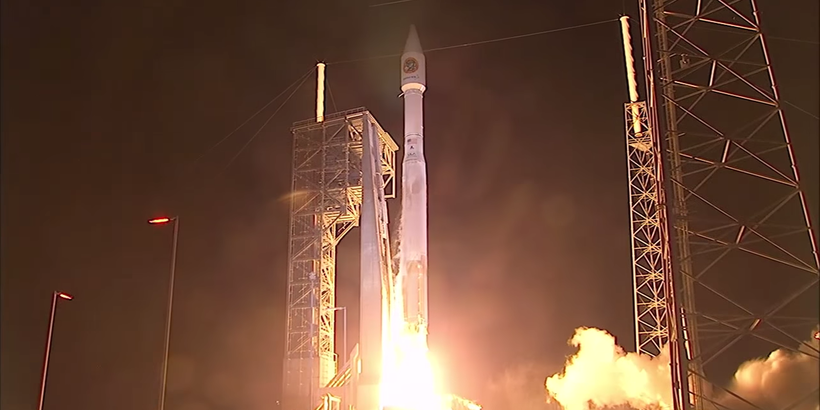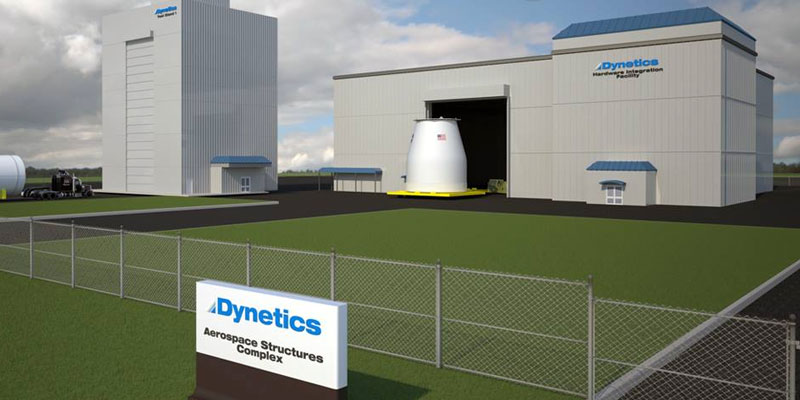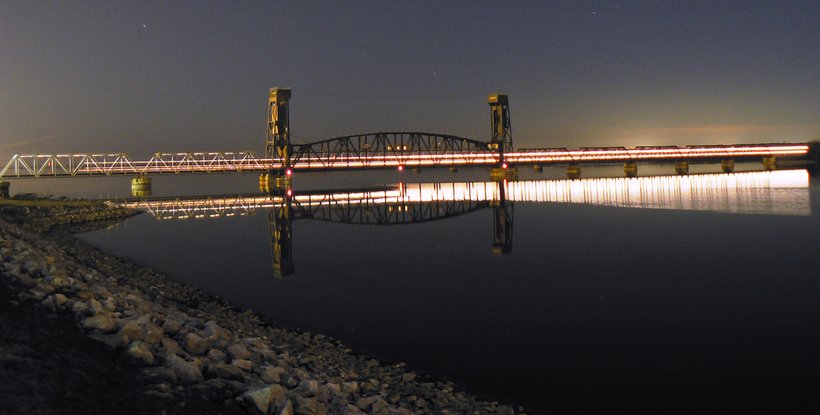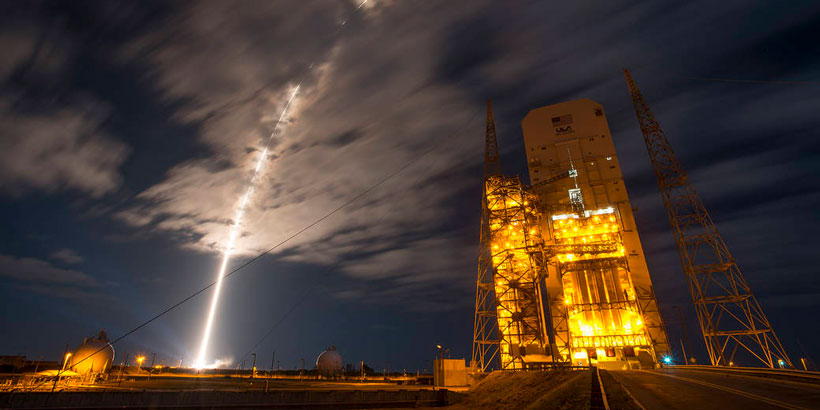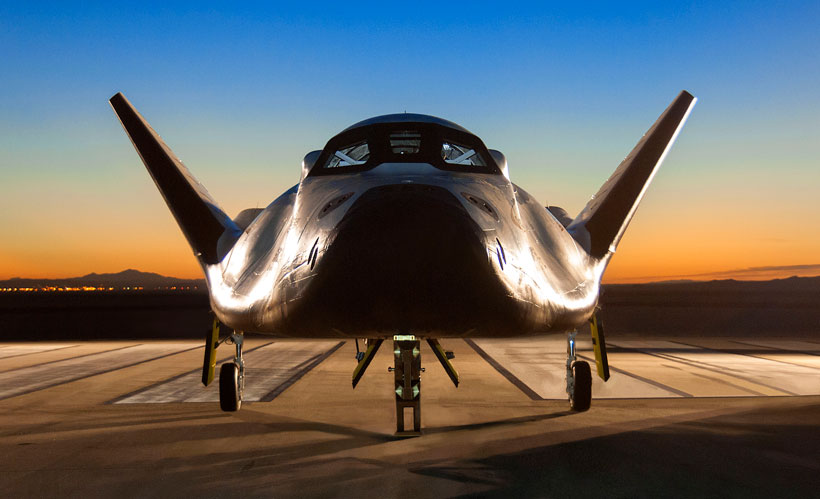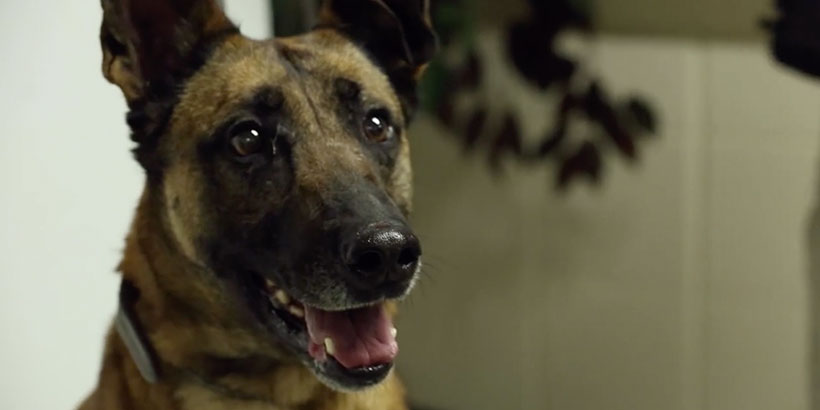(Video Above: Decatur-made rocket lifts off from Cape Canaveral, Florida)
CAPE CANAVERAL, Fla. — The International Space Station is getting fresh supplies and new toys, thanks to a rocket built in Alabama.
On Tuesday night, a United Launch Alliance Atlas V rocket left Cape Canaveral, Florida for the ISS carrying 7,500 pounds of food and supplies, which for astronauts, is like Christmas. The Orbital ATK Cygnus capsule will fly close enough so the space station’s robot arm can grab it pull it in to unload the supplies.
The Atlas V was built at the United Launch Alliance facility in Decatur, Alabama. ULA builds almost all of the rockets that leave the United States, either for military, weather, or other scientific missions. The facility, which is jointly owned by Lockheed Martin and Boeing, opened in 2006, has launched over 75 rockets. ULA’s largest rocket is the Delta IV Heavy, which is over 200 feet tall, 50 feet wide, and weighs up to 1.7 million pounds.
The rocket launched this week is bringing five new experiments to the space station.
One of the most exciting experiments is called Saffire, which is a new way to safely study fire in a spacecraft. The Saffire experiment will take place on the Cygnus capsule after all the other supplies have been removed. NASA co-investigator Gary Ruff said he hopes Saffire will “answer the questions of how large does a fire get and how rapidly does it spread, or how long does it take it to get to the point where it would be really hazardous to the crew?”.
A new 3-D printer to make new and upgraded parts that was built by Made in Space with the help of Huntsville’s Marshall Space Flight Center is also on board, along with a meteor observer that will capture high-res video and images of meteors as they enter the Earth’s atmosphere and help astronauts learn more about comets and asteroids, and Strata-1, which will allow astronauts to study the “soil” from lifeless space objects like asteroids, comets, and even the Moon.
Possibly the coolest experiment heading towards the International Space Station is the Gecko Gripper. This technology could be used on future robots to help them stick to the outside of the spacecraft. The robot, called LEMUR (Limbed Excursion Mechanical Utility Robot) would maintain and inspect areas of the ISS without needing astronauts to be outside of the station.
The astronauts on the ISS will run all of these experiments with the help of the Payload Operations and Integration Center at the Marshall Center in Huntsville.




